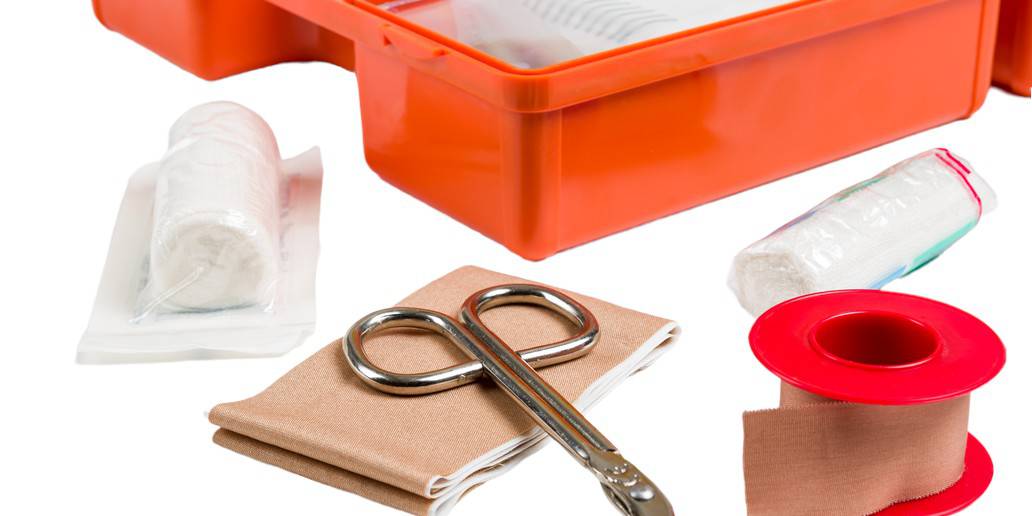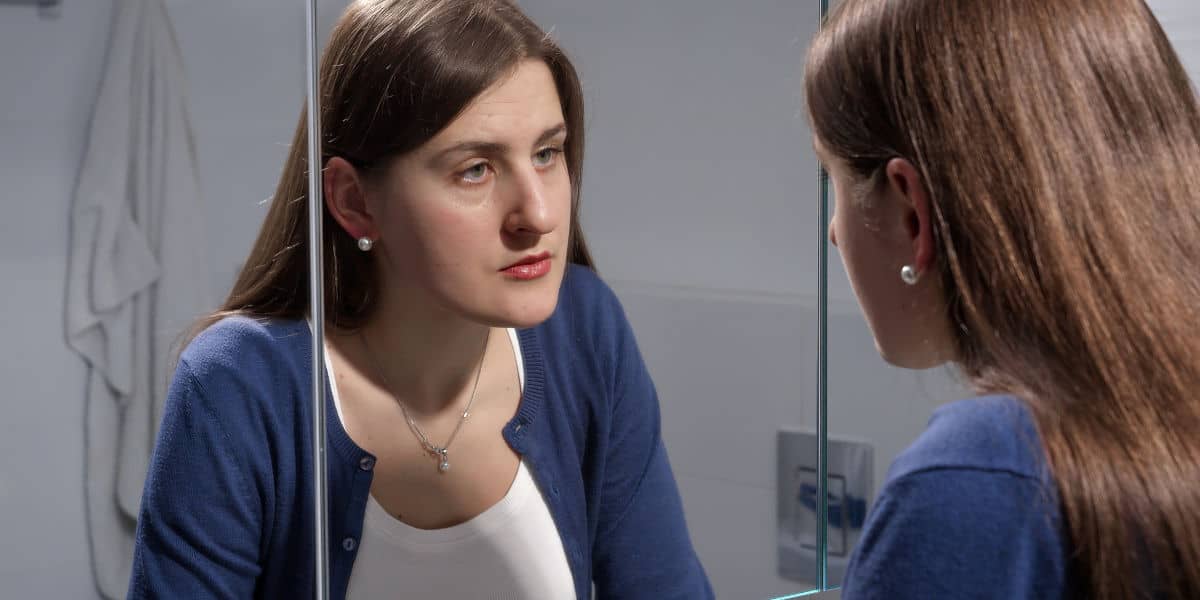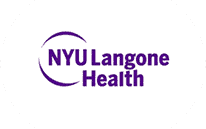Hand and Wrist Surgery
Hand and wrist injuries should never be ignored
With all the bones, ligaments, tendons, blood vessels, and joints required to keep the wrists and hands supple, there is ample opportunity for injury. Some of the most common hand and wrist injuries include:
- sprains
- ganglion cysts
- tendon injuries
- nerve injuries
- trigger finger
- Dupuytren’s contracture
- rheumatoid arthritis
- fractures
Hand and wrist injuries can occur from any number of common occurrences, including hand injuries from boxing or at work, a wrist injury from golf or tennis, or traumatic accidents.
The treatment plan for the hand and wrist issues depends on the injury’s location, type, duration, and severity. My team of plastic surgeons and I will determine the best surgical procedures for your specific condition. We take into account short-term and long-term damage, deformities, range of motion, stiffness, abnormalities, and the overall appearance of the hand.
As a talented hand surgeon, I completed my fellowship in hand surgery and microsurgery — meaning the delicate procedures required to return the full use of your hand are my specialty. If your hand injury has resulted in amputation of a digit, reconstructive microsurgical replantation (reattachment) repairs and rebuilds bone, skin, and nerves.
What hand and wrist treatments are there?
As a reconstructive surgeon, I have to know many hand and wrist surgeries, as well as which surgery is best for which problem. These are just a few of the surgeries I perform.
Carpal tunnel surgery
Carpal tunnel syndrome is an orthopedic ailment caused by pressure on the median nerve. This nerve passes through a narrow passage surrounded by small bones, soft tissue, and ligaments on the palm side of the hand. When the nerve is compressed, symptoms can include numbness, tingling, and weakness in the hand or arm – affecting your quality of life.
Common causes include the anatomy of the wrist, health problems, and repetitive hand motions.
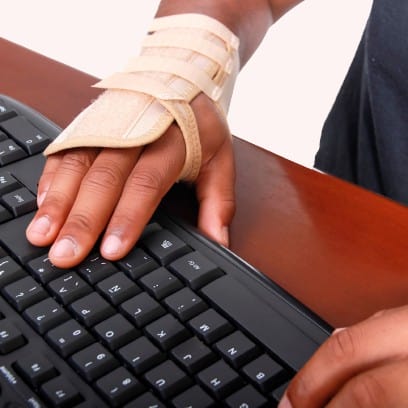
In an outpatient surgery setting, I cut the wrist nerve and release the tension. After a carpal tunnel release, the nerve grows back, and the hand should return to normal and remain pain-free. Physical therapy with a hand therapist is often suggested after surgery.
If you’re prone to carpal tunnel and work at a computer, a splint may be beneficial. Available from drug stores or health care providers, a splint supports the wrist, preventing future strain or compression.
Drainage and debridement surgeries
Treatment for hand infections may include rest, heat, elevation, antibiotics, and surgical techniques. If there is a sore or abscess on the hand, surgical drainage may help remove any pus. If the infection or wound is severe, debridement may be used to clean dead and contaminated tissue from the wound. This prevents further infection and helps promote healing with a better blood supply.
Occasionally, skin grafts or flap surgery are used by taking skin from another part of the body.
CALL (818) 770-7050 OR CLICK HERE TO SCHEDULE ONLINE
Hand infections
Hand infections are, unfortunately, an everyday occurrence. There are multiple types and causes of infections of the hand. Therefore, the treatment of these infections varies. It is important to recognize that serious long-term complications can occur if hand infections are not properly treated. Early and aggressive treatment of hand infections is essential.
Hand infections can cause severe problems that persist even after the infection has resolved. These symptoms include:
- wrist and hand pain
- stiffness
- loss of strength
- swelling
In a worst-case scenario, injection may lead to loss of tissues such as skin, nerves, and bone that may require surgical amputation.
Surgery may include simply opening the infected area to promote drainage. Or it may require the removal of highly infected, devitalized, or dead tissue to reduce the number of bacteria and allow the antibiotics a chance to work.
A sample of the infected tissue from surgery can be sent for laboratory testing to determine the responsible bacteria. Additional testing of the infection in the laboratory can determine what antibiotics are effective or ineffective against the organism.
Removal of foreign bodies
If you have a wound and feel like there’s something in your hand, a doctor should look at it. The presence of wood, vegetative material, graphite, and pain indicates a foreign body that needs removal. We can use X-rays to locate foreign bodies for removal, and ultrasonography for more advanced localization these foreign bodies. Injuries at high risk of infection include organic foreign bodies or dirty wounds.
These should be treated immediately with plain water irrigation and complete removal of retained fragments. If a patient presents with an infected wound, the possibility of a retained foreign body should be considered.
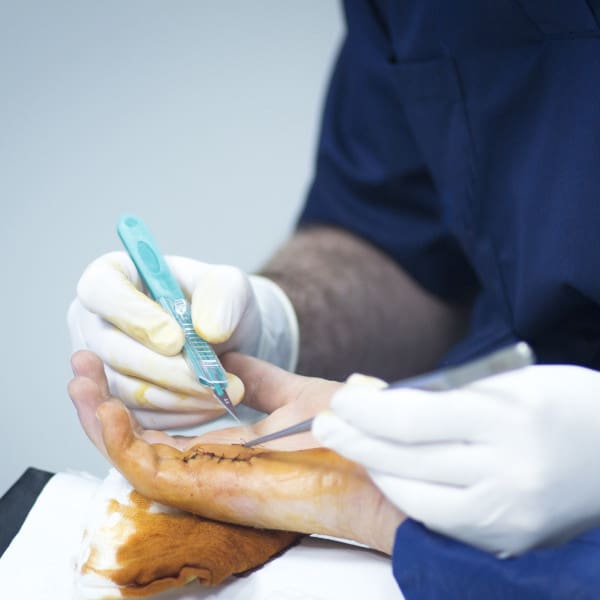
Treating De Quervain’s Tenosynovitis
If it hurts to apply pressure to the thumb side of the wrist, you may be suffering from De Quervain’s tenosynovitis. An agonizing ailment, it causes pain in the tendons when you turn your wrist, grasp an object, or make a fist.
The cause of de Quervain’s tenosynovitis (thumb tendonitis) is unknown. It is believed that activities that rely on repetitive hand or wrist movement, such as working in the garden, playing golf or racket sports, or lifting your baby, can cause hand and wrist pain.
To evaluate the condition, we’ll perform the Finkelstein test. Dr. Saber will perform that Finkelstein test. You’ll bend your thumb across the palm of your hand then bend your fingers down over your thumb. From that position turn the wrist over the little finger. If this causes pain on the thumb-side of your wrist, you most likely have contracture and should undergo tendon repair.
Treatment for de Quervain’s tenosynovitis reduces inflammation while preserving movement in the thumb and preventing recurrence. Symptoms should improve within four to six weeks so you can pursue your daily life. If your De Quervain’s tenosynovitis begins during pregnancy, symptoms are likely to end after delivery or after the onset of breastfeeding.
Why choose Dr. Saber for hand and wrist reconstructive surgery in Los Angeles?
Dr. Sepideh Saber, MD, FACS, and the Valley Institute of Hand & Reconstructive Surgery offer a more sensitive, female perspective for patients of all ages, genders, and orientations. Patients from all walks of life have praised their outcomes and their caring, thoughtful approach to all types of appearance and health-related matters.
Dr. Saber is a board-certified plastic surgeon and earned her medical degree from Stanford University’s world-renowned medical school and did her reconstruction and plastic general surgery residency at the University of Southern California. She then completed a fellowship at New York University (NYU) in the extremely challenging and delicate area of hand surgery and microsurgery.
Please call (877) 205-4100 or schedule a consultation online. We also offer virtual consultations.
The Valley Institute of Hand & Reconstructive Surgery and Dr. Saber is located in Encino. The best hand and wrist surgeons near me are for patients throughout the Los Angeles County area. We are convenient to Woodland Hills, Sherman Oaks, Calabasas, Burbank, Glendale, Hidden Hills, Agoura Hills, Northridge, North Hollywood, Malibu, Topanga, Canoga Park, Reseda, Valley Glen, Chatsworth, West Hills, Winnetka, Universal City, Bel Air, Beverly Hills, Westwood, Santa Monica, Downtown Los Angeles, Silverlake, and Echo Park.
The plastic surgery practice of Dr. Saber, also in Encino, is a cosmetic surgery practice that specializes in numerous procedures, including breast augmentation, breast reconstruction, liposuction, mommy makeovers, rhinoplasty, body contouring, and facelifts.






